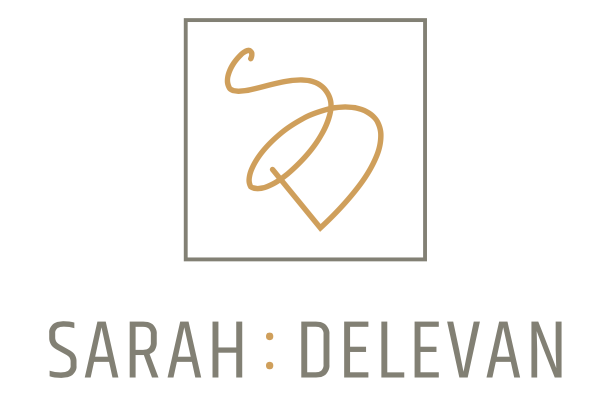The USPS recently announced a slow down in delivery speed and a temporary increase in shipping rates for the holiday season. Likewise, Fedex and UPS both raised their prices in 2021.
So, what can you do as a business owner to ensure that you’ve got a shipping offer that is both enticing to your potential customers AND protects your financial sustainability?
Here are 4 Steps For Creating a Profitable
Shipping Offer:
1. Know the Cost to Ship Your Product(s) -- Both individually and in any popular bundles or combinations.
If your products fit into a Flat Rate shipping box or envelope your shipping costs are pretty easy to determine
If your products don’t fit into a Flat Rate box your Shipping costs will be based on the size/weight of the package and how far you are shipping it.
Each carrier uses a “Shipping Zone” system for calculating the costs for domestic shipping - if you aren't sure what it costs to ship your package we’ve got a roundup of USPS, Fedex and UPS resources as well as a really great calculator from ShipStation to help you understand how the “Shipping Zone” system works, and to find your max shipping rates based on where your business is located. Click here to access the shipping cost resources.Knowing this information will help ensure that you’re factoring the RIGHT shipping cost into your shipping offer.
2. Know Your Margins
Know and use your margins as a guideline to determine how much you can afford to spend or contribute to the cost of shipping without hurting profitability. For example, do you have 5% of online sales revenue to contribute to your shipping costs or are your margins tight at this phase of your business and you need your customer to cover the cost of shipping entirely?
Knowing your overall business margins, as well as your margins for your online sales channel and EACH of the online platforms you utilize can help ensure that you’re selecting the right offer for each site.
You DON’T have to have a consistent shipping offer across all online platforms!
3. Consider the Shipping Offers that could be well-suited for your business financially, and offer benefits to your customers:
You may offer…
Free Shipping on ALL Products , and work all or some of the cost of shipping into your product price.
Flat Rate Rate for ALL Shipments (even if you don’t use a flat rate box) - this means that you and your customers share the cost of shipping - but remember to check your margins and only contribute what makes sense for your business.
Free Shipping Only When Customers Spend a Certain Amount of Money
Free Shipping Only when a set minimum number of items is purchased
You may not have an offer - you may charge for shipping based on actual costs and pass any business discounts on to your customers
4. Know your Customer
Online data and research is conducted across all retail categories and customers of mission-driven food and beverage businesses tend to have different values than the general population.
So while knowing that, in general, the majority of online shoppers expect free shipping, learning more about your customers values is an important element to determine IF a free shipping offer would indeed have a positive impact on sales, or IF charging for shipping is deterring people from purchasing your product.
This may not be something that you can ASK your audience, but we’ve seen a lot of success with testing -- for example, a seasoning blend company based in Oregon recently did A/B Testing to see how customers responded to lower product price with a fee for shipping vs. a higher product price and no shipping fee. They tracked consumer behavior on the website, the number of abandoned carts and at what point in the process the cart was abandoned to determine the best shipping offer option for their audience.
For more insights into creating a Profitable Shipping Offer check out Episode 26 of The Good Food CFO Podcast.
And join us in the free Profitable Food Business Community for additional resources and support for a profitable holiday season!
Sarah’s Instagram: @sarah.delevan.consulting
Connect with Sarah on LinkedIn
About the Author: Sarah Delevan is a Food Business Financial Coach and Consultant with over 7 years of working in the food industry. She received her MBA from Rollins College and In 2017 she founded Sarah Delevan Consulting based in Los Angeles, CA and serving clients across the United States. She is the creator of the Financial Success Formula and the founder of the Profitable Food Business program as well as the host of The Good Food CFO Podcast. To learn more about Sarah and opportunities to grow a more profitable food business Click Here.



















